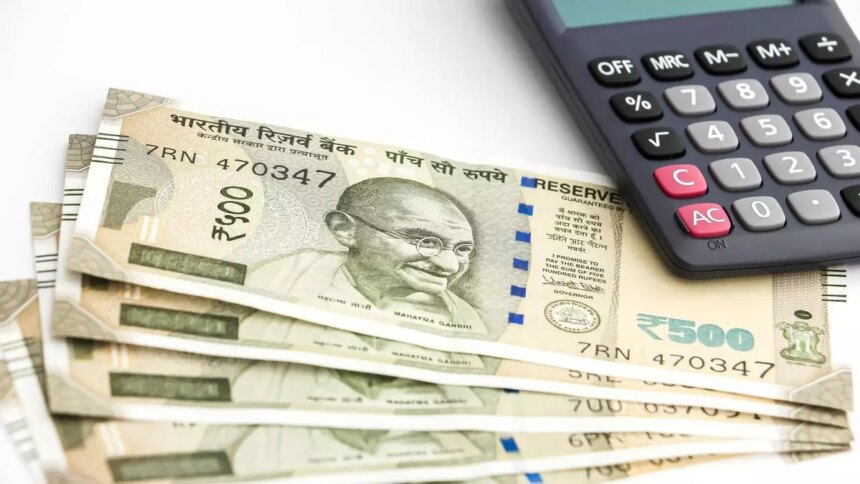The Indian rupee hit a record low against the US dollar on Monday, reflecting broader market trends and economic factors. The rupee closed at 85.5350 against the dollar, slightly lower than the previous session. This decline was influenced by a weaker offshore Chinese yuan and increased demand for the dollar.
Overall, Asian currencies were down, and the dollar index rose, signaling a general trend across the region. The offshore Chinese yuan also experienced a decrease due to rising US bond yields. These factors contributed to the rupee’s weakening against the dollar.
Analysts predict that the dollar-rupee pair will remain within a range of 85.30-85.60, with opportunities for buying on dips. Additionally, the one-month implied volatility for the rupee rose to a 16-month high of 3.7%, indicating increased expectations for fluctuations in the currency’s value.
Looking ahead, there are concerns about the Reserve Bank of India potentially loosening its control over the rupee in 2025, as the currency is currently strong compared to its peers. Factors such as Federal Reserve policy rates, capital inflows, and global trade tariffs under the new US administration may also impact the rupee’s performance.
In light of these developments, investors are showing a bearish bias towards the rupee, as reflected in the rising dollar/rupee risk reversal. This indicator suggests that there is a willingness to pay more for bets on the rupee’s decline compared to its appreciation.
Overall, the current market conditions and external factors are putting pressure on the Indian rupee, and investors are closely monitoring developments to assess the currency’s future trajectory.










